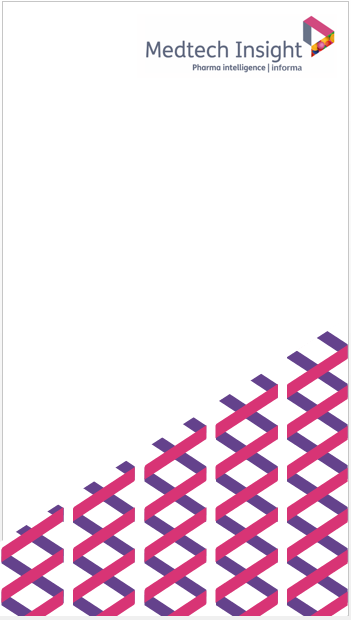Report Detail

Purchase Price: $4,750.00
U.S. Markets for Drug and Fluid Delivery Devices
Pharmacological therapy is the predominant and preferred treatment method for the management of virtually all commonly known chronic and transient medical disorders warranting therapeutic intervention. To date, the Food and Drug Administration (FDA) has
cleared approximately 37,000 prescription drug products for marketing in the United States (U.S.); these products utilize an estimated 2,500 different active ingredients and account for more than 70% of the national consumption of pharmaceuticals. In the year 2000, U.S. pharmacies processed approximately 2.7 billion prescriptions for 200 of the most commonly used drugs. Total U.S. sales of prescription and over-the-counter drugs exceeded $110 billion in the year 2000, accounting for approximately 10% of national healthcare spending.
The immediate and longterm clinical efficacy of any pharmacological therapy depends upon the delivery route and the performance of the drug administration system. The following functional features are particularly important:
• the ability to provide an effective quantity of the active agent in the patient’s systemic circulation with the lowest possible dose, thus minimizing the possibility of drug overdose with associated systemic toxicity and side effects;
• precision and flexibility in drug titration and dosing control;
• absence of biochemical/biophysical interaction with the administered drug;
• minimal invasiveness, reducing potential complications and expediting patient compliance; and,
• end-user friendliness and cost-effectiveness.
This report covers the device-based drug delivery systems that offer the best available combination of functional characteristics required for effective pharmacological therapy administration. The drug delivery technologies analyzed include commonly used
injection/infusion systems such as syringes, pens, jet injectors, infusion devices with sets, and vascular access devices (VADs); transdermal patch-based preparations for cardiovascular disease management; hormone replacement therapy (HRT); pain management; smoking cessation indications; and dry-powder inhaler (DPI)- and metered-dose inhaler (MDI)-based
pharmaceuticals for respiratory indications and diabetes management.
In the year 2000, the aforementioned drug and fluid delivery systems were employed in the administration of a wide variety of pharmaceutical preparations to more than 120 million patients at hospitals and alternate care sites. In 2000, the cumulative U.S. market for drug and fluid delivery products was estimated at $7 billion, of which injection/infusion therapy devices accounted for approximately $3 billion (43.2%), transdermal patch-based drug preparations for approximately $1.2 billion (17.5%), and DPI/MDI-based agents for approximately $2.8 billion (39.3%).
During the forecast period covered by this report, combined U.S. sales of injection/infusion devices, transdermal patch-based systems, and inhaled drug products are projected to grow 10.1% annually to approximately $11.3 billion in the year 2005. The greatest gains are expected in the dynamic inhalation drug therapy product segment, which should experience a powerful boost from the anticipated 2002 launch of inhaled insulin systems. As a result, sales of DPI/MDI-based pharmaceutical products are forecast to expand 14.9% per annum to $5.5 billion (representing a 48.7% share of the overall market) in the year 2005.
Temporary reanimation of the formerly static injection/infusion products market will be driven primarily by the mandated transition to safety devices. Thus, this market is expected to increase at a moderate 7.3% compound annual growth rate to approximately $4.3 billion in the year 2005. The transdermal patch-based products segment will continue to benefit from the introduction of new-generation HRT systems and label expansion for pain management systems. Exhibit ES-1 presents the market forecast for drug and fluid delivery products, by type, for the years 2000 through 2005.

